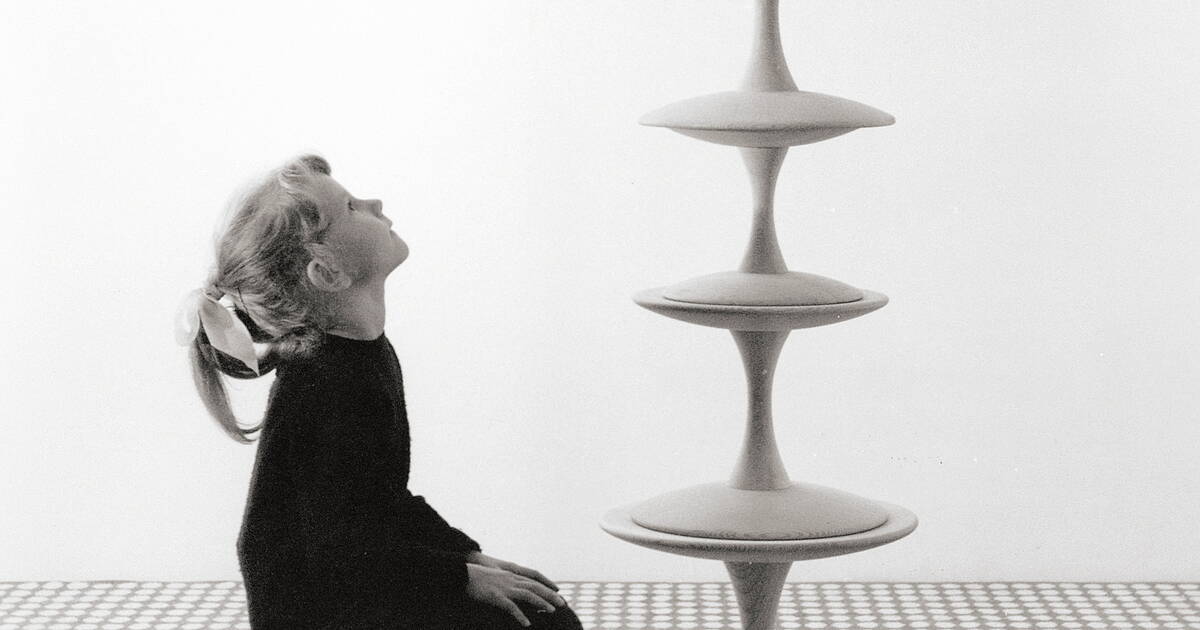Furniture
Article reserved for subscribers
In Beaubourg, a rich exhibition traces the evolution of children’s furniture as a vector of social progress and a fertile field of experimentation for an entire generation of designers.
This is a seat that many young parents (and their babysitters) will recognize. But do they know that the Tripp Trapp high chair was designed by the Norwegian designer Peter Opsvik more than fifty years ago, in 1972? Since then, this advanced piece of solid beech wood furniture, produced by Stokke and equipped with new baby sets in the early 2000s, has sold more than 12 million units. A bestseller (from 259 euros) that from the very beginning had all the characteristics to become a must-have for contemporary interiors: ergonomics adapted to the growth of the child that allows him to eat at the table and resistance to all tests, a guarantee of sustainability.
“Until the 1960s, children’s furniture followed typologies for adults in miniature, explains Marie-Ange Brayer, curator and head of the design department at the Center Pompidou. But, from this decade on, it joins the imagination of play and lets the scale of the object itself constitute an infinitely reconfigurable environment. The exhibition “Childhood of Design” at the Center Pompidou perfectly illustrates the words of its co-curator – with Céline Saraiva. Out of about 150 objects, half of which were acquired by the public institution in the last three years with the financial support of the Bonpoint brand, as well as gouaches, videos, etc.

